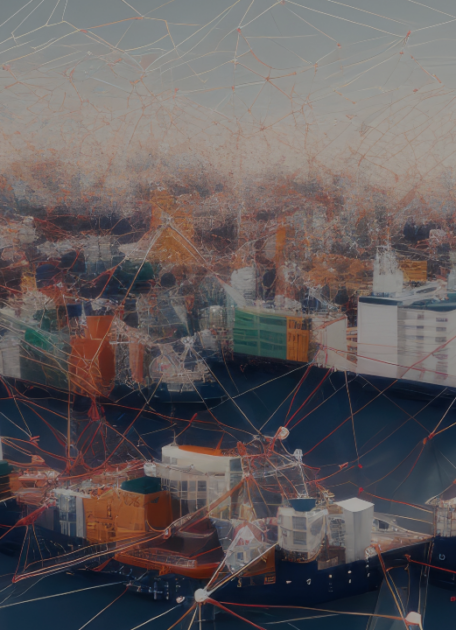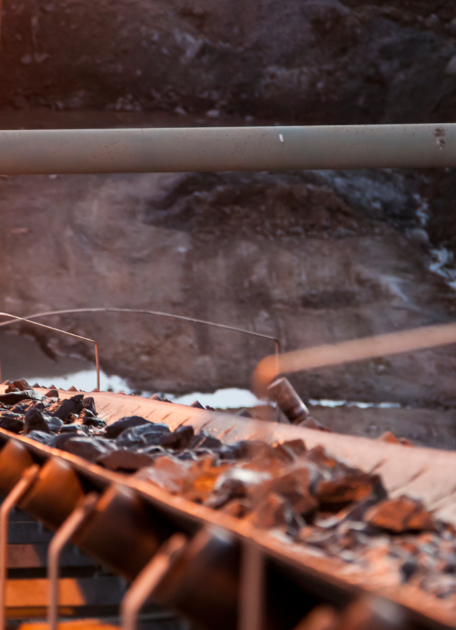Procurement optimization in the paper industry
The company has several production sites for paper manufacturing. Until now, each plant was individually responsible for procurement, there was little cooperation between the plants and no overarching process.
Company
The reason for this organisation was the complex interaction in production. The production processes were established and designed to run around the clock. For fear of causing machine downtimes, changes in materials and processes were viewed rather critically. This is because every standstill causes enormous costs and reduces the profitability of the respective plant, because these are measured by the plant utilisation.
Objective
Optimizing procurement and risk management
We were to optimize the procurement organisation and processes and achieve significant savings in the direct and indirect areas. At the same time, the aim was to reduce risks in material availability and production.
Approach
Organisational development and implementation of new processes
As part of the project, the entire procurement organisation was restructured and internal processes and responsibilities were defined. We created a lead buyer organisation across the plants. Depending on requirements, there is now a responsible buyer who buys for all plants in a bundled manner. In order to ensure proximity to production, the individual procurement officers continue to operate from their plants.
The newly created roles and responsibilities required an adjustment of all procurement processes. In order to control these and guarantee compliance with KPIs, the function of the procurement controller was created instead of a central procurement department, who has an overview of procurement processes and all relevant key figures across all plants.
In addition, a procurement committee was set up for higher-level decisions. This committee consists of the respective procurement managers and the management. Within this framework, e.g. process or material changes that have a strong influence on production are discussed and decided on together.
To ensure that well-founded decisions can be made in this constellation, the cooperation between procurement and production has been strengthened. This gives procurement a deeper understanding of the production processes and enables it to better anticipate and assess risks.
One example is the optimization of procurement for clothing, conveyor belts made of woven plastics that vary according to the section of the paper machines on which the paper web runs at high speed during production. In order not to cause any machine downtimes due to the changeover, detailed workshops were held with the procurement department and the paper technologists right at the beginning, in which critical points were recorded and KPIs defined. Procurement was also able to benefit from this close technical coordination during the negotiation round carried out together with us, as the know-how gained enabled a discussion at eye level.
Risk management was the issue in coal procurement, where procurement was dependent on a number of local suppliers. By identifying new sources of supply in South America and securing shipments, the risk of delivery failures was significantly reduced.
Result
Close cooperation and risk minimisation
Through open-ended discussions at all levels and close technical coordination, significant savings were achieved in the project and the original goals were even exceeded.
In addition, a new procurement organisation was established and responsibilities within the company were clarified. Since the purchased requirements and their quality have a direct influence on the production process, the risk of machine downtimes was reduced through close cooperation between procurement and production.




